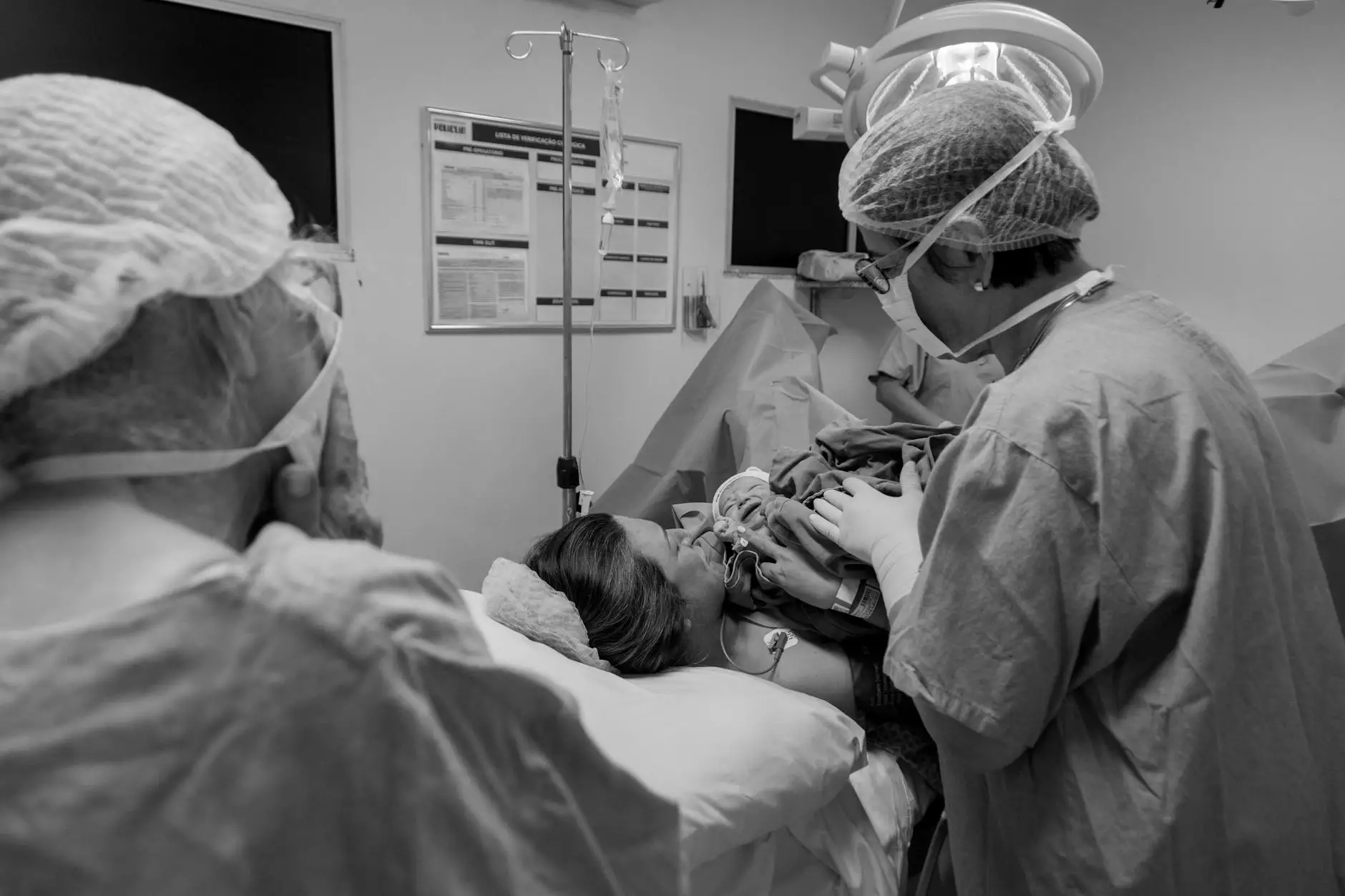Everything You Need to Know About Breast Lift Surgery

Breast lift surgery, medically referred to as mastopexy, has gained immense popularity as a surgical procedure aimed at enhancing breast appearance. As an effective option for many women, it addresses common concerns such as sagging, volume loss, and breast shape alterations. If you’re considering this transformative procedure, it’s crucial to gain a deep understanding of what it involves, its benefits, and what to expect during recovery. Let's dive deeper into the wonderful world of breast lift surgery.
What Is Breast Lift Surgery?
Breast lift surgery is a surgical procedure designed to elevate and reshape the breasts by removing excess skin and tightening the surrounding tissue. This not only restores a more youthful silhouette but can also enhance self-esteem and confidence in many women. Whether due to aging, hormonal changes, pregnancy, or genetics, sagging breasts can affect one’s body image. Thankfully, breast lift surgery offers a viable solution to reestablish that confidence.
Why Choose Breast Lift Surgery?
Women opt for breast lift surgery for various reasons, including:
- Correcting Sagging: As skin loses elasticity over time, breasts may begin to sag. Mastopexy can restore balance and firmness.
- Improving Breast Shape: A breast lift can give breasts a more youthful appearance by adding contour and definition.
- Post-Pregnancy Changes: Many women experience changes in their breast shape after breastfeeding. A breast lift can help return them to their pre-pregnancy state.
- Enhancing Clothing Fit: Many women find that well-lifted breasts fit better into bras and clothes, enhancing overall body proportions.
- Boosting Confidence: Simply feeling good about one's body can lead to improvements in self-esteem and body image.
Types of Breast Lift Techniques
There are several techniques employed during breast lift surgery, depending on your needs and the surgeon's recommendation.
1. Crescent Lift
This technique involves a small incision in the top half of the areola and is best suited for minor lifts.
2. Peri-Areolar Lift (Donut Lift)
The incision goes around the entire areola, allowing for moderate lift and reshaping. This method is effective for women needing more than a crescent lift but not a full lift.
3. Vertical (Lollipop) Lift
This technique uses a lollipop-shaped incision that encircles the areola and extends downward. This is ideal for significant lifts.
4. Anchor Lift
For very sagging breasts, this method involves an anchor-shaped incision around the areola, down to the breast crease. It provides the most lifting and reshaping.
Preparing for Your Surgery
Preparation is vital for the success of breast lift surgery. Consider the following steps:
- Consultation: Schedule an initial consultation with a certified plastic surgeon to discuss goals, expectations, and any concerns.
- Medical Evaluation: Your surgeon will evaluate your overall health and medical history to ensure that you're a good candidate for the surgery.
- Preoperative Instructions: Follow the pre-surgery guidelines provided by your doctor, which may include avoiding certain medications or smoking.
- Setting Realistic Expectations: Understand what the surgery can realistically achieve for your body type.
The Procedure: What to Expect
The actual breast lift surgery typically takes between 1 to 3 hours, depending on the complexity and technique used. Here’s a brief overview of the procedure:
- Anesthesia: You will be given anesthesia, either general or intravenous, to ensure comfort during the operation.
- Incision: Based on the chosen technique, incisions will be made to remove excess skin and lift the breast tissue.
- Reshaping: The surgeon will reposition the breast tissue and the nipple to achieve a natural and youthful contour.
- Closing the Incisions: The incisions will be carefully closed, with stitches sometimes hidden under the skin to minimize visible scarring.
Recovery After Breast Lift Surgery
After the surgery, patients will experience a recovery period that varies from person to person. Here’s what you can expect:
- Initial Discomfort: It’s normal to experience swelling, bruising, and mild discomfort after the procedure.
- Bandaging: Your breasts will be wrapped in dressings, which can be removed after a few days, as directed by your surgeon.
- Follow-Up Visits: Regular follow-ups with your doctor will ensure proper healing and monitor your recovery process.
- Activity Restrictions: You may need to avoid strenuous activities for several weeks to ensure proper healing.
What to Expect After Breast Lift Surgery
Typically, patients can resume normal routines within a few weeks. However, the final results of breast lift surgery can take several months to become fully apparent as swelling diminishes. Here are some outcomes you can expect:
- Improved Breast Contour: Once healed, you’ll notice a more youthful shape, fullness, and firmness.
- Scarring: Scars can be expected, but they typically fade over time and can be minimized with proper care.
- Enhanced Self-Esteem: Many women report feeling more confident in their bodies, leading to greater satisfaction in various aspects of life.
Risks and Considerations
Like any surgery, breast lift surgery carries certain risks, including:
- Infection: Ensuring a sterile environment can reduce this risk.
- Scarring: While typically minor, some may have more pronounced scars.
- Asymmetry: Minor differences in breast positioning can occur.
- Changes in Sensation: Some women may experience temporary or permanent changes in nipple sensitivity.
Conclusion: Empower Yourself with Knowledge
Choosing to undergo breast lift surgery is a significant decision that can empower women by restoring their confidence and enhancing their physical appearance. Understanding the procedure, benefits, and recovery can help you make informed choices. If you are located near The Wellcome, our team of experienced professionals in the fields of Doctors, Health & Medical, and Medical Centers is here to assist you on your journey toward achieving your desired aesthetic results.
Remember, consultation with a qualified plastic surgeon is the first step to ensuring that you are well-informed and fully prepared for this life-changing procedure.









